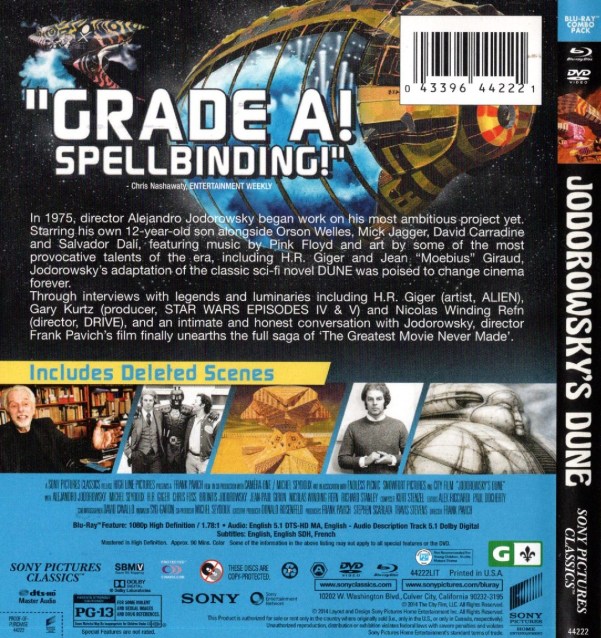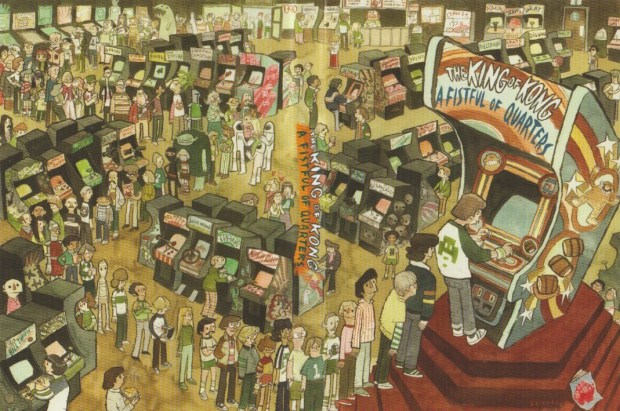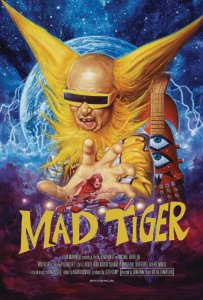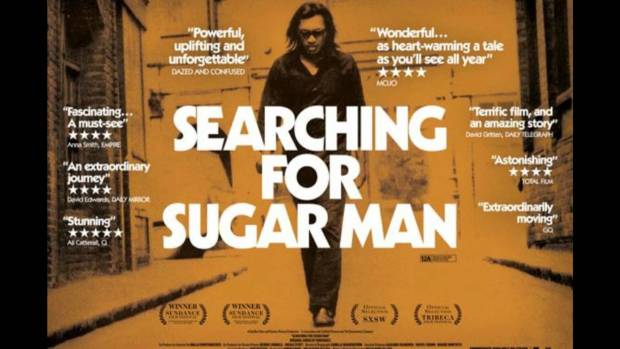Note: This review is of the new 96 minute cut of Mystique – Standing On the Firing Line.
A collaboration with Jex! For Jex Russell’s review, click here!
MYSTIQUE: STANDING ON THE FIRING LINE (2022, 2023 edition)
Directed by Marco D’Auria
“EPIC METAL” – Martin Popoff
They had the raw talent to make it. They just needed a break. They didn’t get it, but what they achieved instead was a legendary status with a handful of priceless releases left behind. They were Mystique, a progressive heavy metal band from Hamilton Ontario.
Standing On the Firing Line is a 2022 documentary film by Marco D’Auria, finally shedding light on the history and music of this lesser-known band. They always deserved more attention, and hopefully the film brings them that. From the first shots of the band, the music of “No Return” assaults the senses with chopping riffs and unholy screams. Why didn’t they make it?
The main driving force of Mystique from their beginnings to their demise were opera-trained singer Ray D’Auria (originally from Naples Italy), and perfectionist drummer John Davies, who had spent time in a few hard rock bands before Mystique. Many other talented members joined and enhanced them along the way, but it was Ray and John who were there ’til the end. The two met up when John auditioned for Ray’s band, Orion. A friendship was formed, but the band wasn’t paying them the money they were owed. They split as a pair and didn’t waste time starting their own thing. 15 year old Dave Dragos was a shredder – rated 2nd best in Canada at the time – and was first on board. He introduced them to bassist Mark Arbour (a mixture of Geddy Lee and Chris Squire), and a solid band was formed. A 1984 basement tape of “Black Rider” shows the nameless band had the goods. It was Ray who blurted out “Mystique”, which felt right.
They found a rehearsal space, and added keyboardist Victor Barreiro. The band practiced hard, and pushed each other to improve as musicians. Davies tended to handle the business side, but they were attracting attention to themselves. They found a manager (Ted Smirnios), money was borrowed, and songs were improved upon, until they were finally in shape to record. Primitive but technically inventive tracks were recorded on 1/2″ tape, on a 16-track desk. Not the best for sound quality, but good enough to get the songs down. They went as far as to butcher a classic Leslie speaker to get a driving keyboard sound.
A stoned viewing of the animated Lord of the Rings movie captured John Davies, and inspired the song “Black Rider”. The band had a sort of gothic bent in the mid-80s, but Ray D’Auria’s voice was appropriate for this progressive style of metal. Journalist Martin Popoff remarks that the keyboards brought them into that progressive world. Melodic guitar/keyboard solos took time to work out. They were unafraid to play ballads, which Martin compares to a vintage Judas Priest dirge. Mystique were a serious band! The Black Rider EP impressed their peers for the playing if not the sound. Popoff heard a strong Maiden influence, but compares more to Armored Saint and Odin with elements of power metal. 1000 copies were sold, an impressive amount. Their manager got it as far away as Greece, and even accidentally set himself on fire as part of their stage show!
The band were doing well but dreams were not exceeded, and eventually members left for greener pastures, leaving Ray and John to rebuild. Bizarrely, they met a talented French guitarist named Eric Nicolas in Jackson Square, and went to France to record their next demo: 1987’s I Am the King. They struggled with the language barrier, and were recording digitally for the first time. Ray blew everyone away with the “God note” that he held in “I Am the King”. They were offered a record contract with Elektra in France, which didn’t pan out. They brought the tapes home to Canada for release.
They added a new bassist, Les Wheeler, and evolved from metal to “hair”. “The explosion in the costume factory look,” as described by Popoff, of their new extreme look that didn’t match their music. “It looked good, from a distance,” jokes Ray. Teenage girls loved their posters though! Unfortunately having a guitar playing living in France was a barrier. Wheeler broke his wrist in an accident. A new lineup formed. They felt forced to go more commercial, which resulted in the 1988 Poison-esque single “Rock and Roll Party Tonight”. It was vastly different from “Black Rider”, but they went straight from that to recording a proper album, funded by EMI. They taped 11 to 12 songs…but the album was never released and is partly lost today. The masters tapes were sold and erased. There were some good songs on that tape. Ray, however, looks back at their change of direction as a mistake. More shuffles in band members caused long breaks in activity, and the writing was on the wall. Ray no longer identified with the music, and was the one to leave. By 1989, their music was out of date anyway.
Manager Ted Smirnios is given a tremendous amount of credit for making Mystique happen. It’s a touching part of the film. The band members went their separate and sometimes surprising ways, but the story never really ends so long as people keep discovering the music. Their releases are now valuable collectables today, worth a small fortune on the second-hand market.
Rare live clips and candid photos really bring an intimate look at Mystique. You feel like you get to know the personalities. This new edit of the film cut a substantial amount of footage, mostly interview footage with people who were there at the time. The movie gains better pacing from this, as it just flies by in no time. A new ending to the film brings us to the present day, and the movie’s theatrical premiere in front of a cheering audience. The original cut might be considered for more hard-core viewers who want that “feels like being there” experience, but the current 96 minute edit is better for the enjoyment of Mystique. It’s a much tighter and more direct story. There is still plenty of unreleased music and vintage images.
Stay tuned for the mid-credit scene!
4.5/5 stars






























